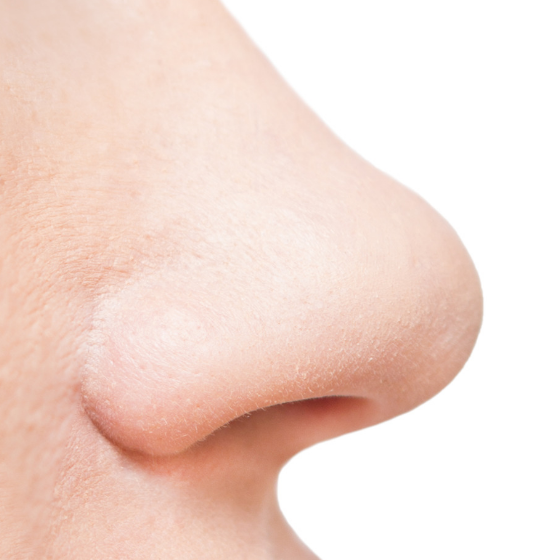
Odour
It is never pleasant to go to take a drink out of a glass of water to find that when you bring it to your nose it has an unpleasant smell. We associate bad smells, especially those related to what we eat and drink, with items which are harmful to us which water shouldn't be.
Some commonly reported odours associated with drinking water are as follows:
CHLORINE
Due to the water treatment process chlorination, drinking water smelling of chlorine is not uncommon and is not necessarily cause for alarm. Chlorine is a powerful disinfectant and as such, can be detected by our noses at levels below those that constitute acceptable. Over-chlorination can be an issue, however, so if the smell of chlorine is particularly strong and in excess of what you would usually expect, then testing of your water should be carried out to ensure chlorine is only present within acceptable limits.
ROTTEN EGGS
If you notice that your water smells like rotten eggs, the likely cause is the presence of hydrogen sulphide gas. In some instances, this smell, which is often accompanied by a similar taste, may only be present or may be worse when you first turn your tap on or when it is hot water being released. This is because heat forces the hydrogen sulphide gas from the water and into the air.
This gas can be present in drinking water due to the decay of organic materials, chemical reactions of sulphur-containing minerals found in rocks and soils or from bacteria which reduce sulphate into gas.
Sulphur, sulphates and hydrogen sulphates are not considered a health concern, largely due to the fact that because of the odour and taste they produce is highly likely to prevent anyone from consuming them in large enough quantities to become harmful.
WET DOG
Your tap water smelling like a wet dog can be unusual but concerning. This odour is usually generated as a result of a build-up of naturally occurring minerals (such as lead, copper, magnesium, iron, and sodium) in your pipes coupled with a warm temperature which then generates an ideal breeding ground for bacteria. This bacteria then releases organic compounds which cause the smell. When this odour is related to a private water source, then testing is necessary to check for the presence of harmful bacteria.
FISH
Although an unpleasant smell to be faced with from your drinking water, a fishy odour is usually not indicative of anything harmful. Instead, it is usually the result of naturally occurring organic compounds such as cadmium, barium or chloramine which produce no ill effects unless consumed in large amounts. To treat a fishy odour emanating from your drinking water, you can use an activated charcoal filter which should remove the odour and any corresponding taste.
SEWAGE
This is perhaps one of the worst smells to be faced with when turning the tap on, and can make you worry that there is something harmful in your water supply. Often, a smell of sewage is caused by the same gas which creates a rotten egg smell; hydrogen sulphide. The presence of this gas is likely to be dealt with before being able to reach toxic levels due to humans being able to detect at as low as .5 parts per million.
